Understanding dashboard warning lights on your Fiat 500 is essential for maintaining vehicle safety, as they alert you to potential issues that could lead to accidents or breakdowns if ignored.
Promptly addressing these lights helps prevent costly repairs and ensures the car runs efficiently, extending its lifespan and keeping you secure on the road. By familiarizing yourself with them, you can respond quickly to problems and avoid escalating minor faults into major ones.

Quick Navigation
Red Warning Lights (Stop Immediately)
Engine Oil Pressure

This light signals low oil pressure, which might be due to a leak, pump failure, or low oil level, risking engine damage. Stop the car right away, check the oil level, and add more if needed; do not drive until fixed, and see a mechanic.
Brake System Alert
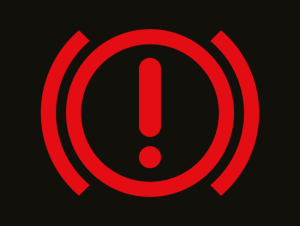
It indicates low brake fluid, a hydraulic issue, or parking brake engagement. This could cause brake failure. Pull over safely, check fluid levels, and contact a service center immediately to avoid unsafe driving.
Engine Temperature
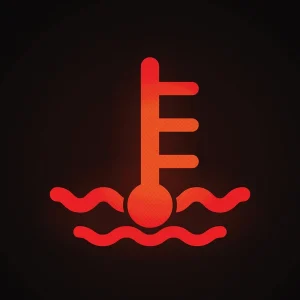
This warns of an overheating engine, often from low coolant, a faulty thermostat, or radiator problems. Stop immediately, let the engine cool, check coolant, and seek professional help to prevent engine seizure.
Battery Charging System
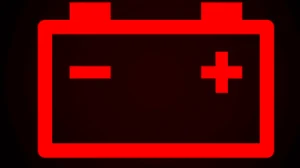
It shows the battery isn’t charging, possibly due to a failing alternator or loose connections. The car may stop running soon. Stop and have it inspected; use jump leads if stranded, but visit a mechanic promptly.
Power Steering Failure

This light means a problem with the power steering system, like low fluid or electrical faults, making steering hard. Stop driving as it affects control; get it checked at a service center right away.
Automatic Gearbox Failure

It signals a transmission issue, such as overheating or sensor failure, which could lead to gear problems. Stop the vehicle and have it towed to a repair shop to avoid further damage.
Airbag System Fault

This indicates a malfunction in the airbag setup, possibly from sensor issues or wiring problems. Airbags may not deploy in a crash. Stop and get it serviced immediately for safety.
Seatbelt Reminder
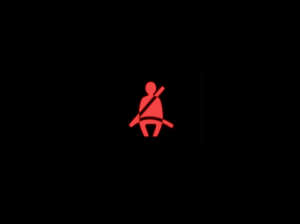
It flashes if seatbelts aren’t fastened, reminding occupants to buckle up. Unbuckled belts increase injury risk in accidents. Stop and ensure everyone is secured before continuing.
Door Ajar
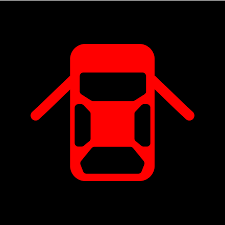
This light shows a door isn’t fully closed, which could be unsafe at speed. Pull over, check and close all doors properly to prevent accidents or items falling out.
Low Brake Fluid

It warns of insufficient brake fluid, often from leaks or wear. Brakes may fail. Stop safely, top up fluid if possible, and visit a mechanic urgently.
Electronic Throttle Control
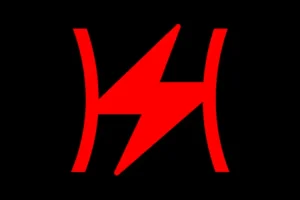
This signals a throttle issue, like sensor failure, causing poor acceleration. Engine damage is possible. Stop and seek professional diagnosis and repair.
Engine Overheating
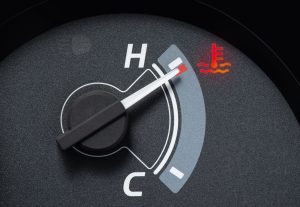
It duplicates the temperature warning for severe heat buildup. Causes include coolant leaks. Stop, cool down, and get help to avoid permanent damage.
Yellow/Amber Warning Lights (Action Required Soon)
ABS System
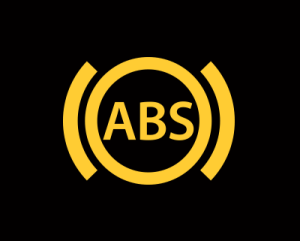
This light means the anti-lock braking system has a fault, possibly from sensor issues or low fluid. Brakes work but may lock up. Get it checked soon at a service center to restore safety.
Tyre Pressure Monitoring
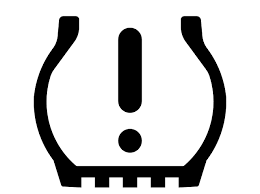
This warns of low or uneven tyre pressure, often from punctures or temperature changes. Check and inflate tyres soon; reset the system to avoid blowouts or poor handling.
Check Engine (MIL)
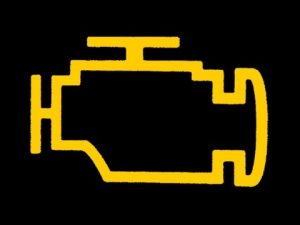
It indicates an engine issue, like emission problems or sensor faults, leading to poor performance. Drive carefully and visit a mechanic for diagnostics to prevent damage.
Electronic Stability Control (ESC)
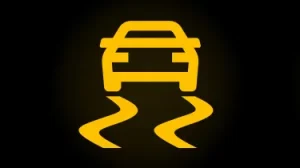
This shows ESC is off or faulty, reducing traction control. Slippery roads become riskier. Reactivate if possible and get serviced soon.
Glow Plug (Diesel Models)

For diesels, it means glow plugs aren’t heating properly, causing hard starts. Wait for it to go out before starting; if persistent, see a mechanic.
Diesel Particulate Filter (DPF)
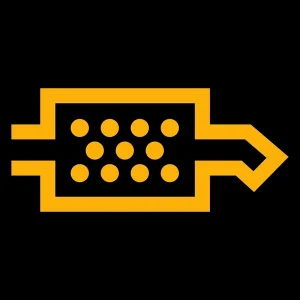
This signals a clogged filter from short trips, affecting emissions. Drive at highway speeds to regenerate it, or visit a service center if it stays on.
Transmission Temperature
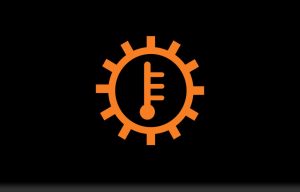
It warns of hot transmission fluid, possibly from heavy loads. Let it cool and check fluid; service soon to avoid gear damage.
Low Fuel
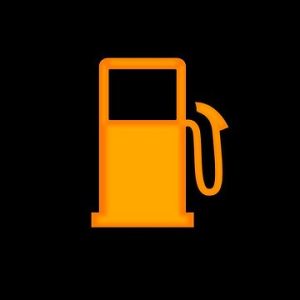
This alerts when fuel is nearly empty, risking stranding. Refuel as soon as possible to continue driving safely.
Brake Pad Wear

This warns of worn brake pads, reducing stopping power. Inspect and replace pads at a service center soon.
Green Information Lights (Information Only)
Turn Signal Indicators
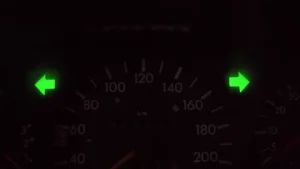
These flash when turn signals or hazards are on, showing direction intent. No action needed unless they fail to work.
High Beam Indicator

It shows high beam headlights are active for better night visibility. Dim them for oncoming traffic to avoid blinding others.
Front Fog Light

This indicates front fog lights are on for low visibility conditions. Turn off when not needed to save battery.
Cruise Control
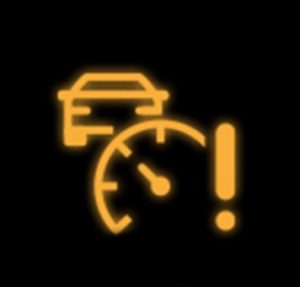
It signals cruise control is engaged, maintaining set speed. Adjust as needed for traffic; no urgent action.
Eco Mode
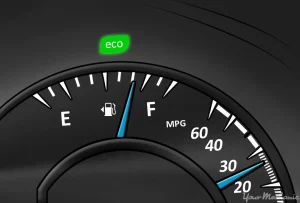
This light means eco mode is active, optimizing fuel efficiency. Drive normally; switch off if more power is required.
Rear Defrost
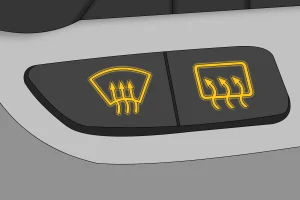
It shows the rear window defroster is on, clearing frost or fog. It auto-turns off; monitor for effectiveness.
Park/Headlights On

This indicates headlights or parking lights are active. Ensure they’re off when parked to prevent battery drain.
Odometer Display

This area shows mileage or trip info. Use it to track distance; reset trips manually.
Temperature Gauge
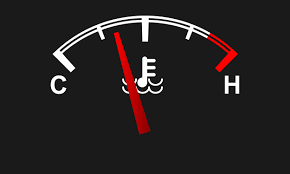
It displays engine temperature status. Monitor for normal range; no action if steady.
When looking at Fiat, make sure to check out our guides on models like the Fiat Ducato, Fiat Fiorino, Fiat Tipo, and Fiat Panda. Understanding dashboard warning lights is essential. Our expert reviews break down what each light means, highlighting common alerts for these models and what they could signal about underlying issues, so you’re never left guessing behind the wheel.

